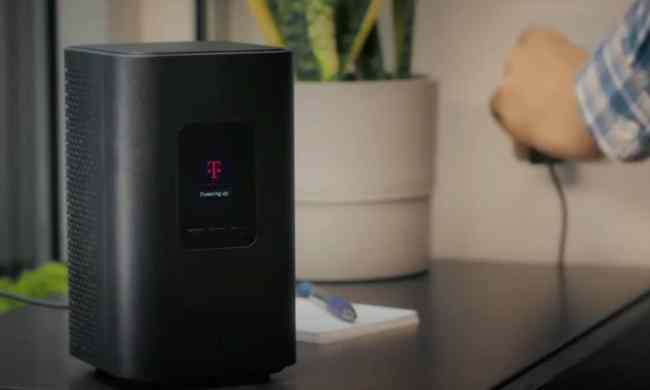
By now, you’ve almost certainly heard of 5G, the latest chapter in the evolution of wireless technology. Chances are you already have a smartphone and plan that supports 5G; if you don’t, you probably will after your next upgrade.
Although 5G has now effectively reached the mainstream, you may still wonder what the big deal is and how it will improve your life over the 4G/LTE technologies that have been the standard for the past decade. Is it worth upgrading to a 5G phone? Do you need a 5G plan, and if so, what level of 5G service should you choose from among the different flavors?
Most carriers and phones will give you at least some level of 5G service by default (even the best cheap phones have 5G now), but that’s not universally true, especially if you’re opting for an old-school flip phone or prefer to stick with a bargain-basement prepaid plan.
Nevertheless, since even the most affordable prepaid plans now offer 5G connectivity, there are fewer reasons than ever to avoid taking the leap into 5G.
What are the main advantages of 5G?
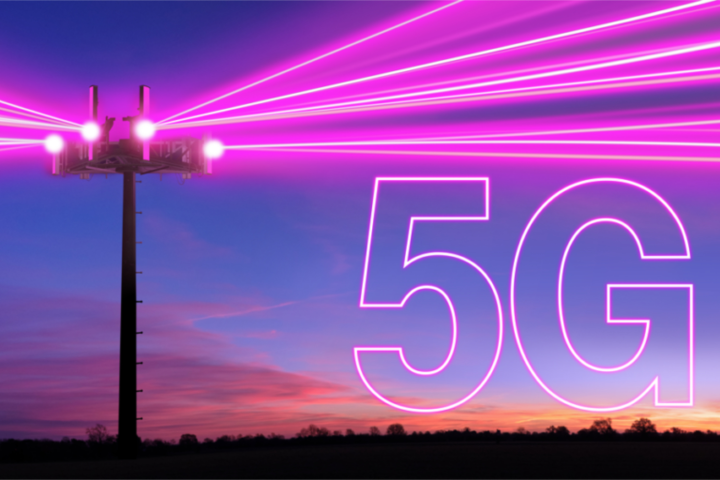
Although many folks tout faster speeds as the most significant benefit of 5G, that’s far from the only advantage it has over LTE. The situation is considerably more nuanced.
Even with 5G now available in most of the U.S., getting the best performance still depends on where you live and work. With many different 5G frequencies in play, some of which overlap with 4G/LTE services, you may find speeds in some areas show little improvement.
That’s especially true in rural areas where slower low-band 5G frequencies are used to provide greater coverage over sparsely populated areas. On the flip side, densely populated urban centers use much faster mid-band and mmWave spectrum for their 5G coverage, but you’ll also be sharing that with many more people.
However, you may also ask yourself how much raw speed matters to you on a mobile phone. Most people aren’t downloading full-length movies over a cellular connection, and streaming Netflix in 4K UHD typically requires only 15-25Mbps of bandwidth, a speed easily attainable on a 4G/LTE network.
The good news is that faster download speeds aren’t the only performance advantage of 5G. There’s another even more important metric that often flies under the radar: latency.
Unless you’re a gamer, you probably haven’t given much thought to latency, but it has a much greater impact on mobile devices than transfer speed. After all, most of us spend far more time moving small bits of data around by surfing the web, chatting on messaging apps, and checking social media than we do streaming movies. It may not seem like it, but your smartphone has to establish a new network connection each time you refresh your social media feed, link to a new web page, or send or receive a new message. The time it takes to set up and tear down these connections is where latency comes in.
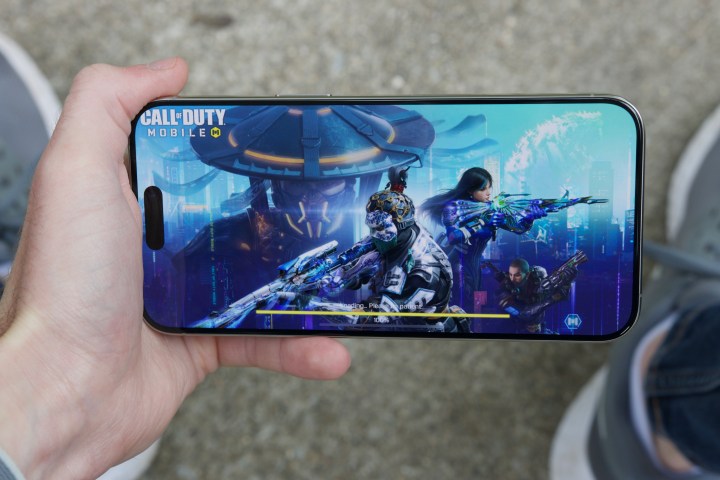
From the beginning, one of the design goals of 5G technology was to reduce latency as much as possible. Expressed in milliseconds, latency measures how long it takes the smallest amount of data to get from one point to another, including the time required to process the data on each end.
Lower numbers are obviously better here, but while the average 50-80ms latency of a 4G/LTE connection may not sound like much, it can quickly add up when you’re exchanging dozens or even hundreds of smaller pieces of data rather than a single continuous stream. That’s because there’s additional overhead for each new request sent and response received in the kind of back-and-forth traffic required for activities, messaging, and gaming.
Since 5G connections typically have an average latency of 10ms — and it’s theoretically possible to get that as low as 1ms — everyday smartphone activities should feel smoother and more responsive on a 5G connection to the point where it may be hard to distinguish from a broadband Wi-Fi network.
Lastly, the faster speeds offered by 5G are about more than just your individual smartphone. Even the best 4G/LTE networks will crumble under the pressure when thousands of mobile phones are competing for the same signal, resulting in painfully slow connections, missed calls, and sometimes even a “No Service” indicator. However, 5G technology can run at much higher frequencies that can be deployed in densely packed venues like stadiums to provide enough capacity for many more devices to stay online and get reasonable speeds — even when you’re sharing a connection with 70,000 other people at the Superdome.
Are there any downsides to 5G?

With all the performance gains in faster speeds and more reliable connectivity, switching to 5G is generally a positive move. However, that’s not going to be true in every situation.
In addition to the cost of upgrading to a 5G-capable phone, you have to live in a place that offers good 5G coverage for your preferred carrier and be on a plan that will let you take advantage of everything it has to offer.
All three U.S. carriers offer two tiers of 5G: basic networks that cover nearly the entire country and “enhanced” networks that provide faster speeds and higher capacities to smaller areas. Each carrier has a different name for its faster 5G service: T-Mobile’s is 5G Ultra Capacity, Verizon’s is 5G Ultra Wideband, and AT&T uses 5G Plus (5G+).
When it comes to coverage, T-Mobile is at the top of the list right now, with its 5G UC network available to about 90% of the U.S. population. Verizon isn’t far behind in expanding its 5G UW network, having made a big push into rural areas last year; the last official number it provided was around 60%, but that was about a year ago, so it’s likely expanded further since then. AT&T’s 5G Plus lagged behind the other two for a long time, but recent rapid expansion has brought it to about 220 million people. The catch? It plans to charge extra for the fastest speeds.
If you live in an area covered by your carrier’s enhanced 5G network, you’ll almost certainly see a benefit from switching. However, if you’re out in the country, the speeds offered by a basic 5G network might not be any better than 4G/LTE. In some cases, they could even be worse.
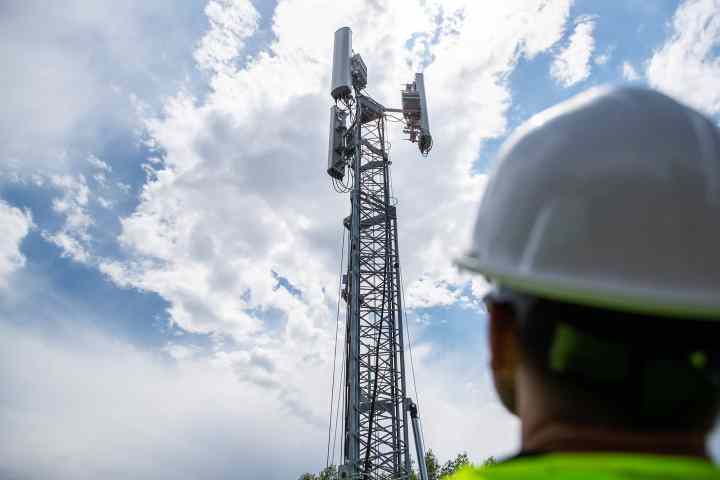
That’s because the low-band 5G used for basic coverage in rural areas not only shares the same frequencies as 4G/LTE towers but also has to yield the digital right of way to those older technologies. That means when there’s a lot of 4G/LTE traffic, it’s the 5G connections that will suffer. As the newer technology, 5G had to be taught to share using a feature known as Dynamic Spectrum Sharing (DSS), which is something that 4G/LTE signals never learned.
To make matters worse, 5G also consumes more battery life. Taking that extra hit is a reasonable tradeoff when you’re on a good 5G network, but it’s pointless if a more power-efficient 4G/LTE connection can provide the same performance.
The good news is that you don’t have to use 5G even if your carrier and phone both support it. Most phones let you turn it off, and higher-end phones, like the Samsung Galaxy S24 and Apple iPhone 15, offer automatic modes that only engage the more power-hungry 5G radio when needed, falling back to a 4G/LTE connection whenever 5G won’t provide any advantages.
Lastly, while it’s entirely true that using 5G will consume more battery life than 4G/LTE, don’t be scared off by older reports of its insatiable appetite for power. Many early 5G smartphones had radios that weren’t nearly as efficient as what’s used on modern devices. Carriers also initially deployed Non-Standalone 5G (5G NSA) networks that required more power since they had to maintain two network connections at once — 5G for data and 4G/LTE for voice calls and SMS/MMS messages. Today, Standalone 5G (5G SA) networks are available that save power by letting everything run over 5G, although some smartphones won’t use this unless you enable it.
Is LTE still available in 2024?

Although you’ll have a hard time finding LTE-only plans these days, 4G/LTE networks will be with us for a while. Consider that carriers have only recently begun shutting down their legacy 3G networks, and even that’s left some older feature phones out in the cold.
While 5G smartphones are readily available today, that wasn’t the case two or three years ago, and not everyone upgrades to a new phone every year. There’s no specific plan to phase out 4G/LTE, and most analysts believe it won’t happen until at least 2030, by which time the first 6G networks and devices will have started to appear.
Do you still need to choose between LTE and 5G?
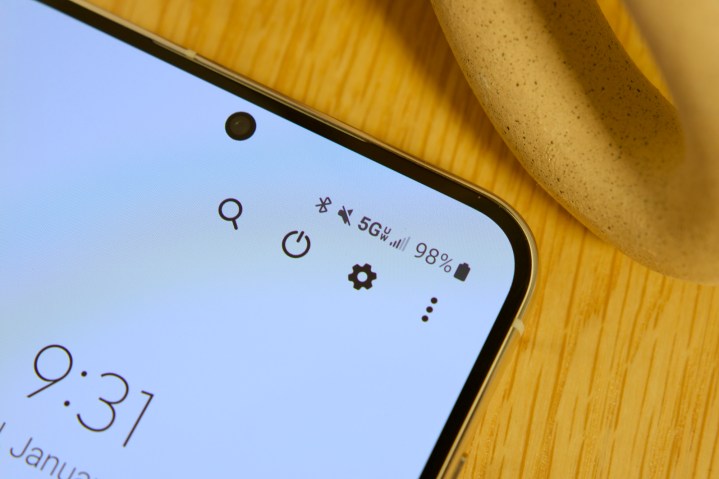
The choice between LTE and 5G will likely be more determined by the phone you’re using than anything else. If you’re purchasing a new smartphone today, chances are good it supports 5G. Many feature phones still only use 4G/LTE, but that’s only because there’s little benefit to adding pricier 5G hardware to a device used primarily for making calls.
Similarly, while the situation varies between countries, finding a plan in the U.S. that doesn’t offer at least basic 5G connectivity today is a challenge. Discount plans from Mobile Virtual Network Operators (MVNOs) are often limited to slower low-band 5G networks, but they’re still 5G plans. Even if you can find an LTE plan, it’s unlikely to be more affordable than the 5G plans out there, all of which will still let you use 4G/LTE if you’re using a non-5G phone, are out of 5G coverage, or choose to switch 5G off entirely.


